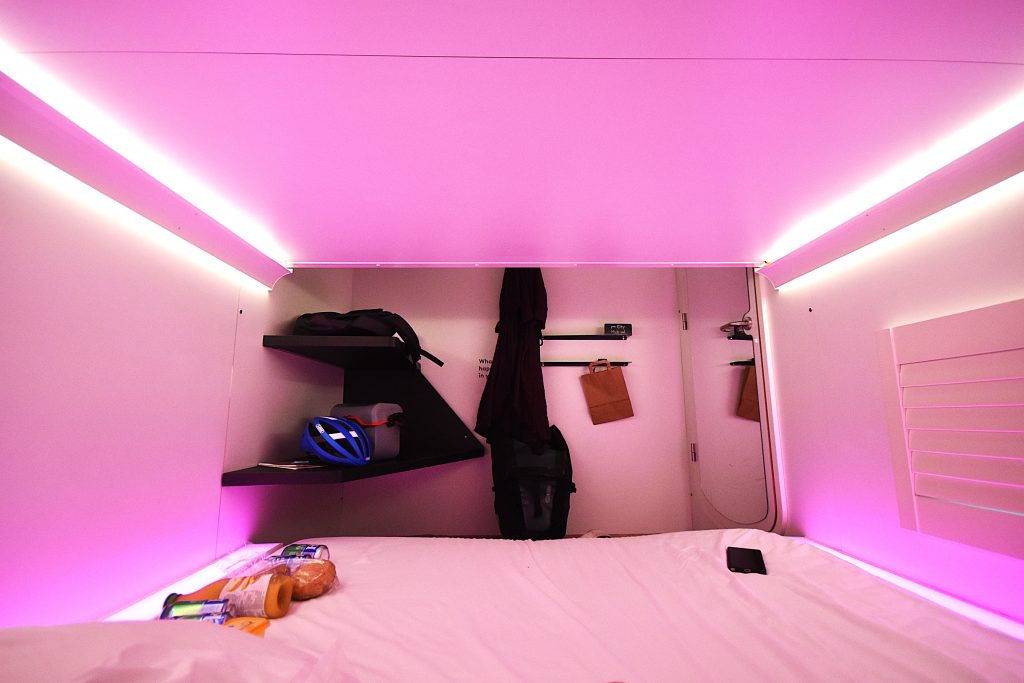
It used to be that walking into a hotel meant looking for the reception desk. Then, there was somebody explaining things, taking care of the payment, and basically smiling and saying hello. If there was any problem during the stay, I’d go back there, and they would solve it. In good places, that can make one feel safe and taken care of.
These days, I often use Airbnb—not just because it’s often more affordable than a hotel. Often, I can meet the host, and conversations tend to evolve. Quite frankly—for me, these talks are often the most memorable part of the travel experience. There are so many things to learn, and there’s no better way than this: talking to the locals.
And then there’s the next level—or well, maybe it’s actually a lower level?
In hotels, more and more often, the check-in is contactless. Sometimes, I don’t see anyone at all—just codes and messages floating around. The next level is cabins. Again, mostly wireless. In fact, at “CityHub Rotterdam,” there is a wristband with a chip that allowed me to go wherever I was permitted to: bathroom, shower, cabin, and the front door of the place.
Originally, I had planned to stay in Rotterdam for three full days. But some people advised me not to spend too much time there—and now, I’m thankful. Even one night was almost too much. Rotterdam was destroyed by German bombers in 1940, to force the Dutch military to surrender. After the end of the war, the city wasn’t reconstructed—it was rebuilt from scratch. That means that today, Rotterdam is an industrial city made of modern, sometimes seemingly soulless architecture and a lot of concrete. It’s not worth the visit.
But I stayed for one night because I wanted to find out what this next (or lower?) level of hotel—cabins—is like.
The very reasonable price for one night (I paid €57) is based on a shortage of space. The cabins are shaped like an “L,” connected in such a way that two “Ls” are pushed into each other and turn into a big box. See pictures below. Here are the measurements of one “L”: total length: 3.00 m (9.84 ft), width: 2.00 m (6.56 ft), height in the lower part of the “L”: 1.50 m (4.9 ft), higher part: 2.00 m (6.56 ft). So I could stand in a tiny spot; the rest was a very comfortable bed where I could sit upright easily. Shared bathrooms—very clean and convenient.
There’s perfectly working AC in the building and in each cabin. Enough towels, a bathrobe. Noise insulation works quite well, and the party noise I feared never occurred.
Everything perfect?
That depends on you. There’s no window, no daylight—only the clock tells you whether it’s night or day. Don’t be claustrophobic. It’s tight. Not as tight as I expected, but still.
And—on a personal note—after one night (and I slept well), I had the feeling of living in a dystopian world. Disconnected from the real world—sunlight, fresh air, street noise, and the wind that blows through the curtains of the window next to the bed.
I felt relieved when I left.
These places are becoming more and more common. They’re much more affordable—especially in the city centers of expensive European cities. They’re perfectly well organized.
And yet—I would use them only under two conditions:
A) no more than one night, and
B) only when they’re either the only option or the only affordable one.
So—yes, I love the reception desk. Even more so, I love the local at the kitchen table, willing to have a glass of wine with me.
That is what traveling is about: it’s about learning.
Liked this post? Email me to say hi and I’ll sign you up for more articles like this: send mail
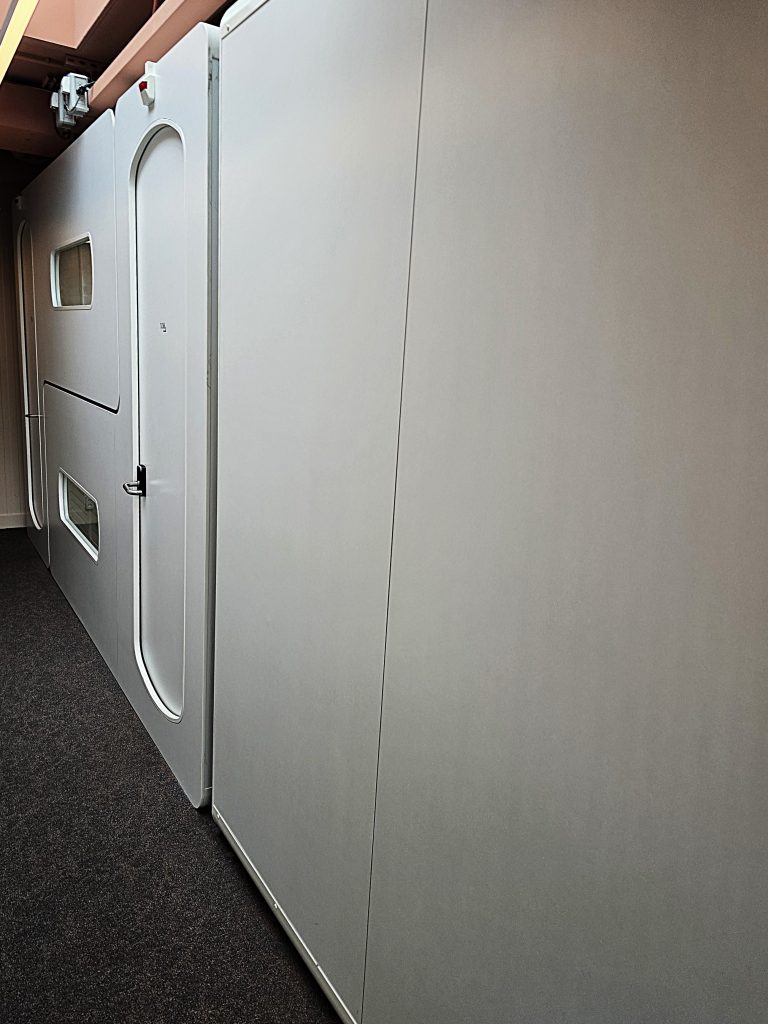
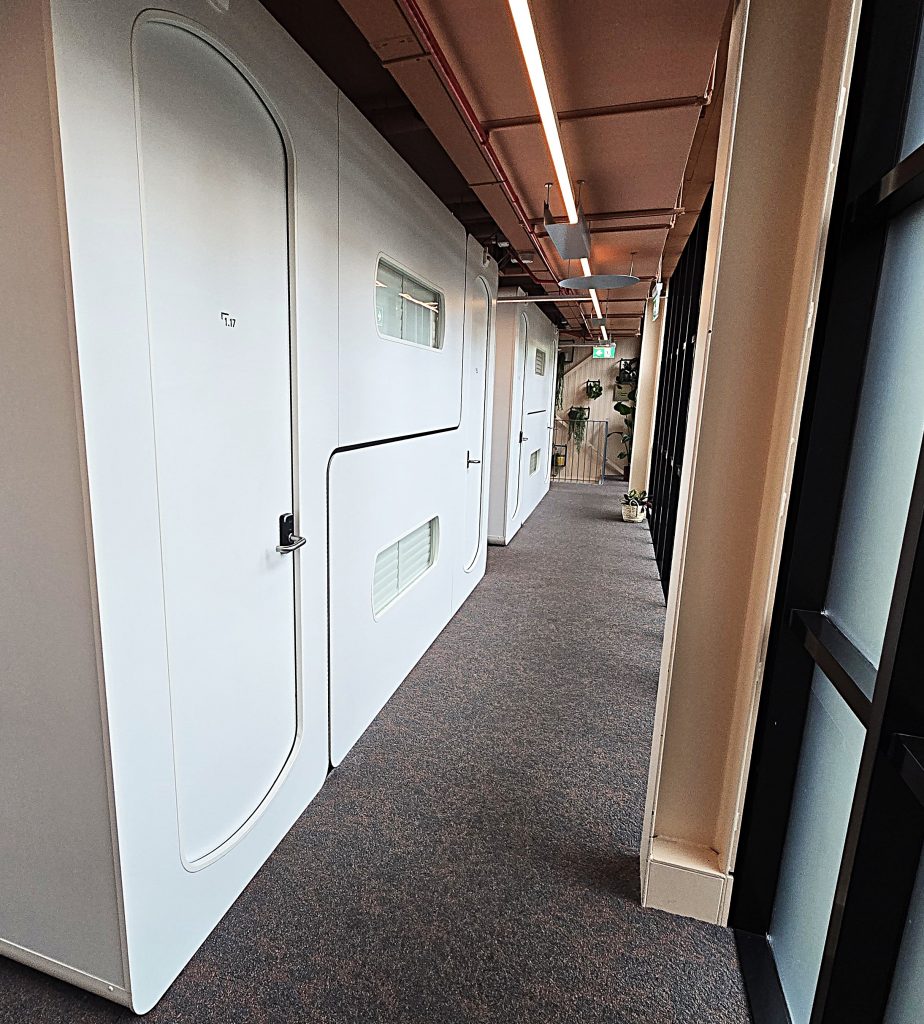
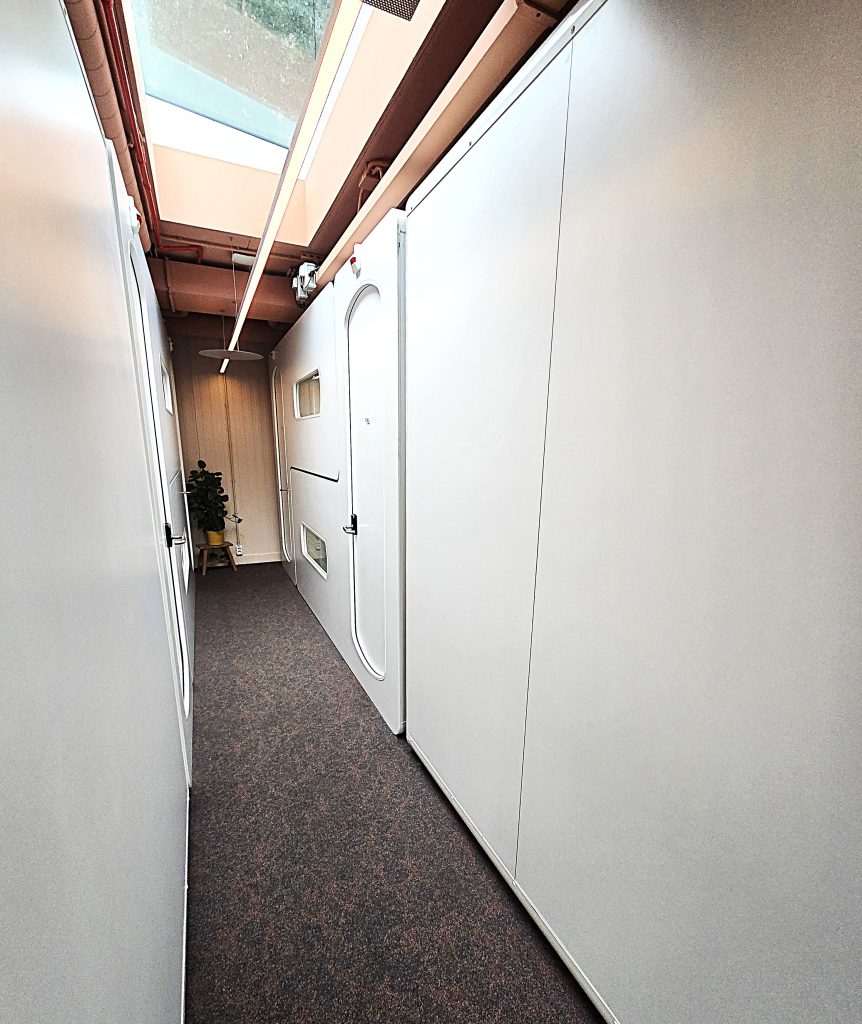
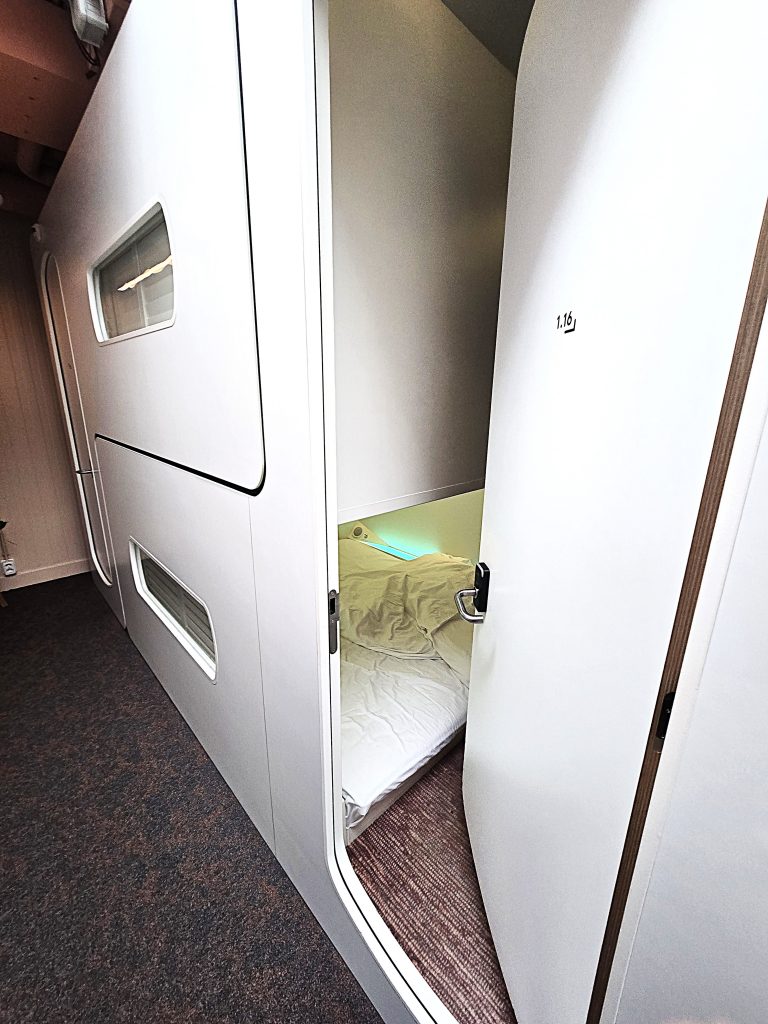
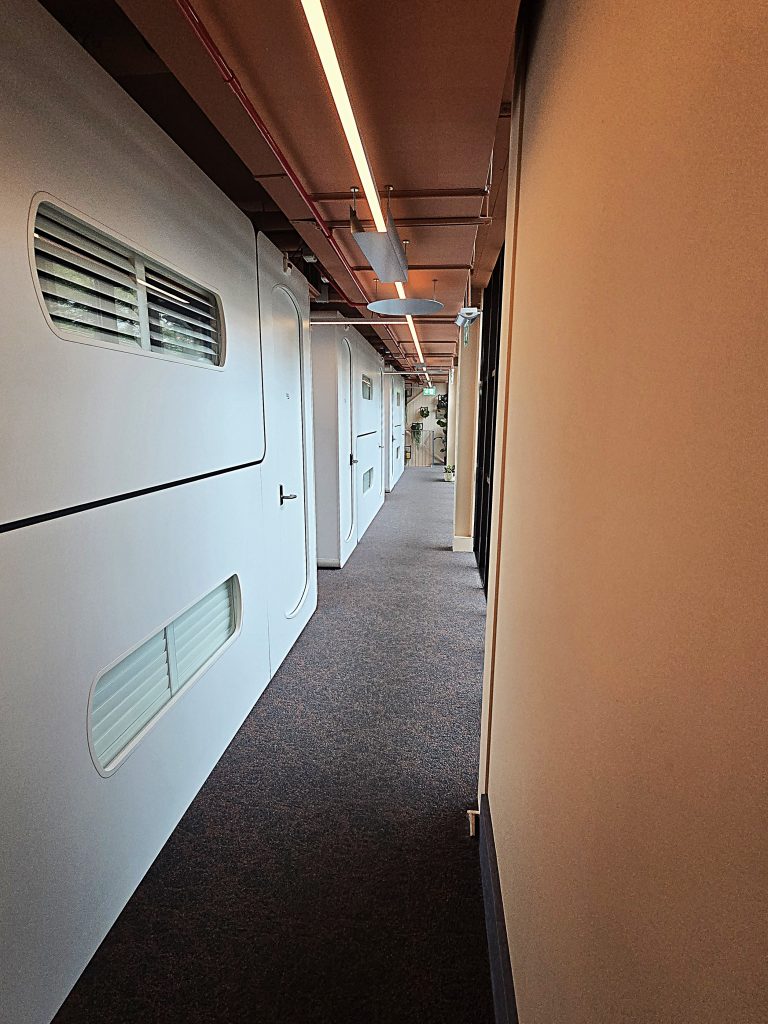
Turns out you were as bummed out by Rotterdam as I expected. This is not your kind of city. Truth be told, I can’t imagine it is anybody’s city, but the “Rotterdammers” themselves beg to differ.
They have a prestigieus university though (Ersasmus University). I liked the content of my studies over there but the whole university area and the buildings on it feel the same as the city: Soulless